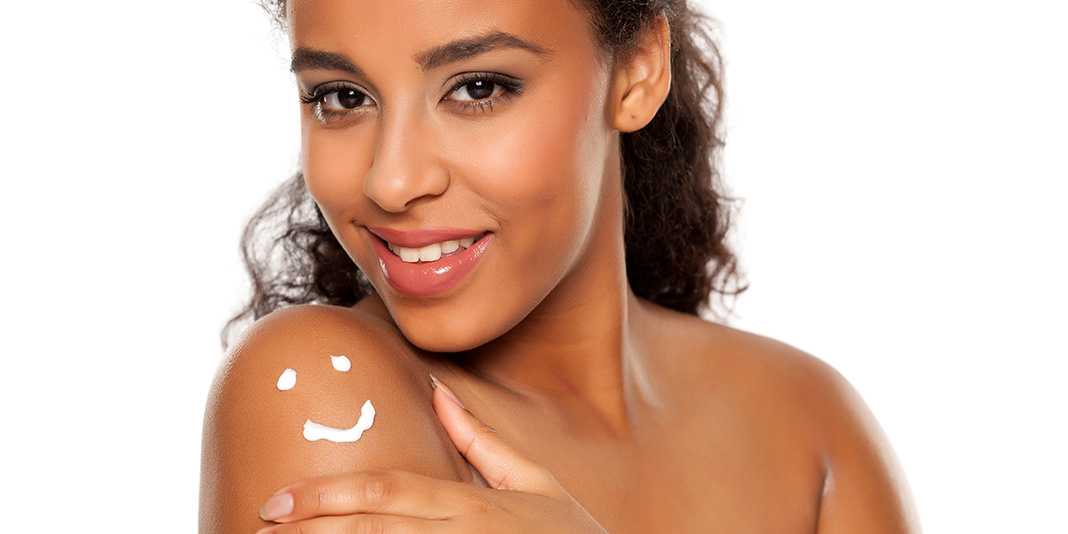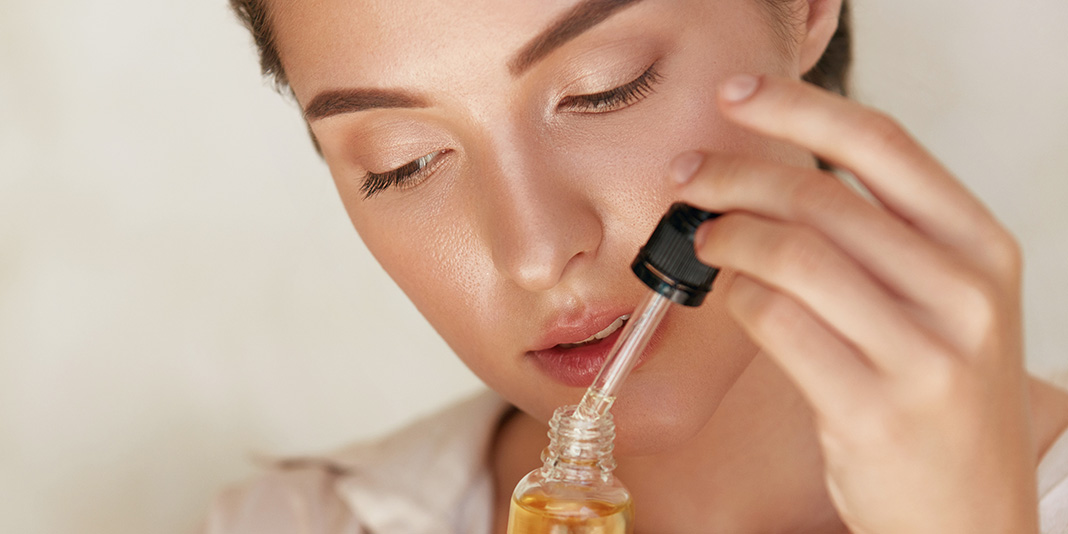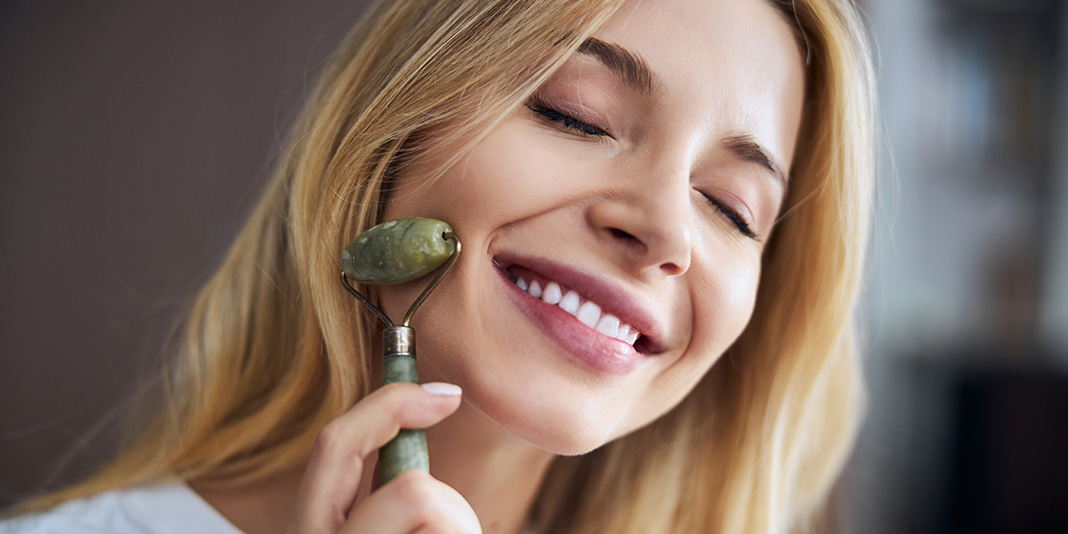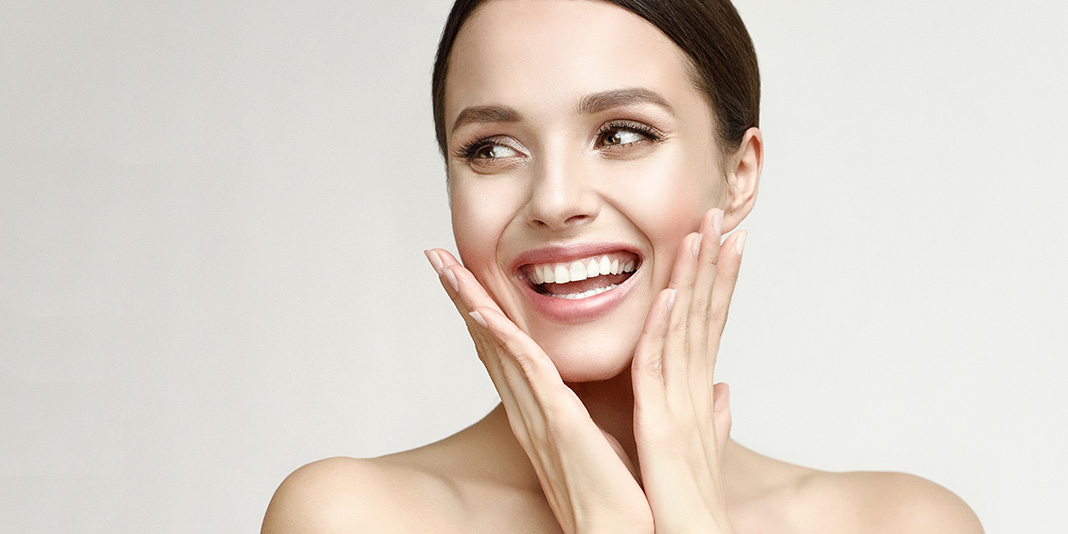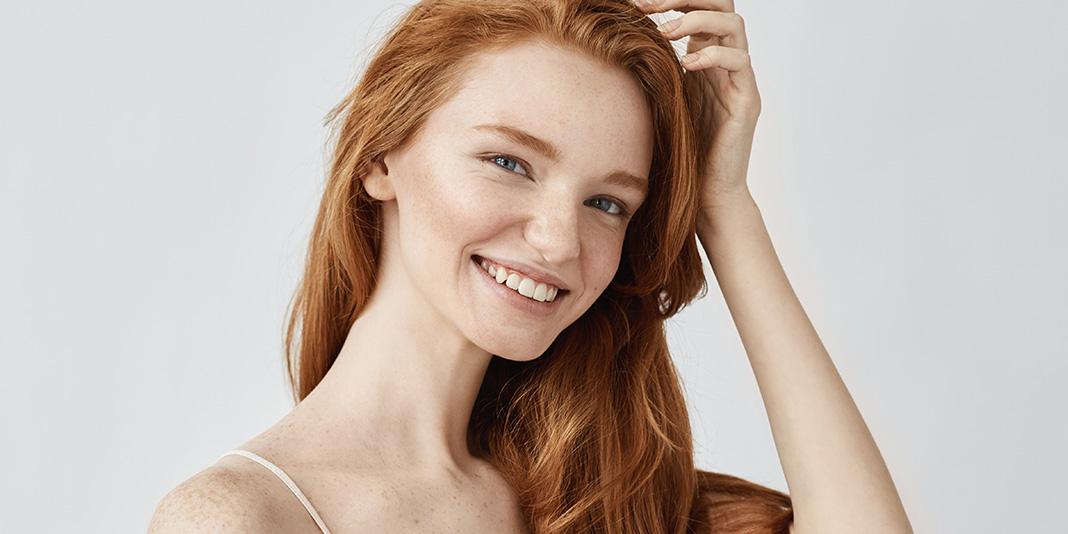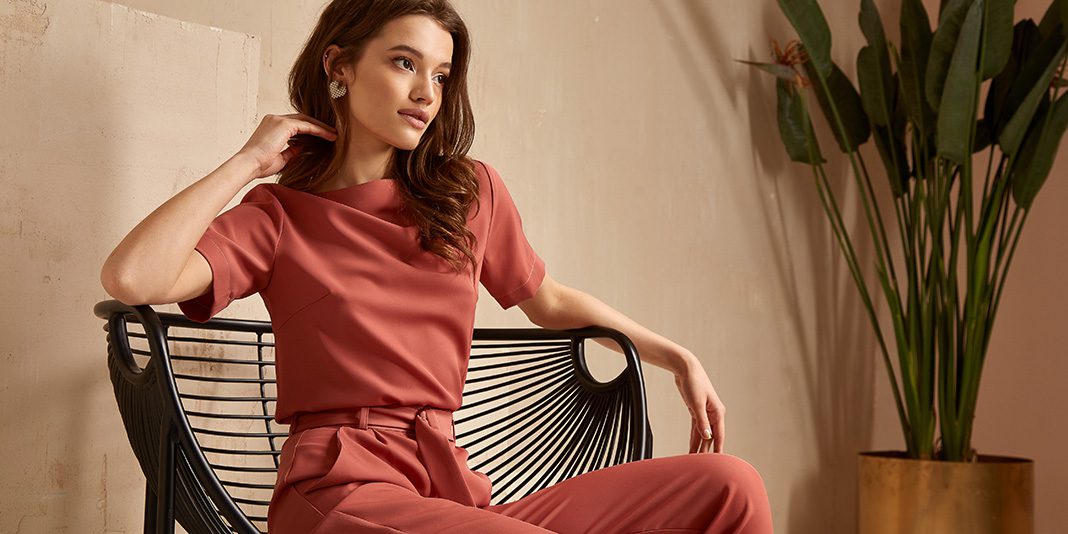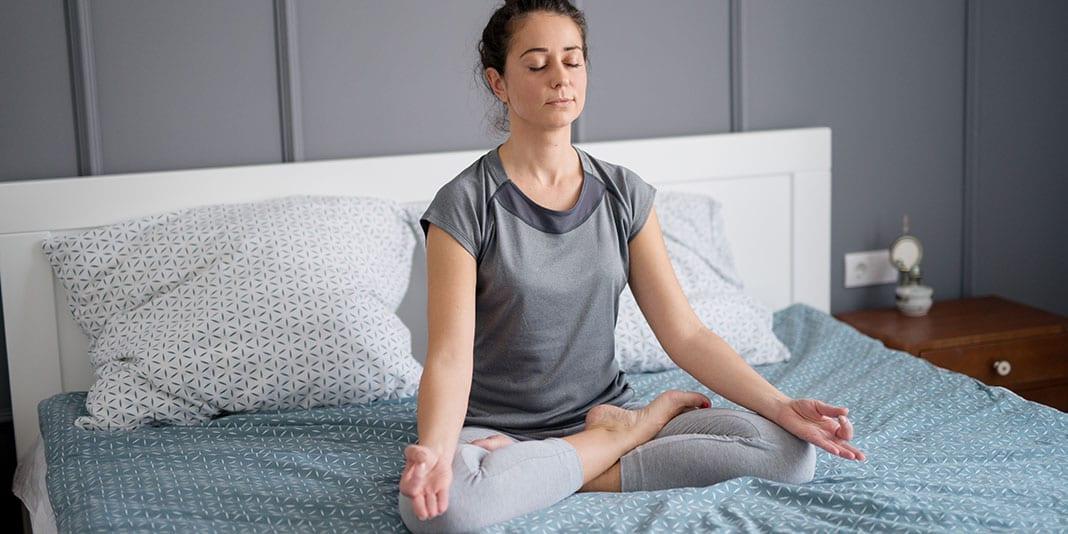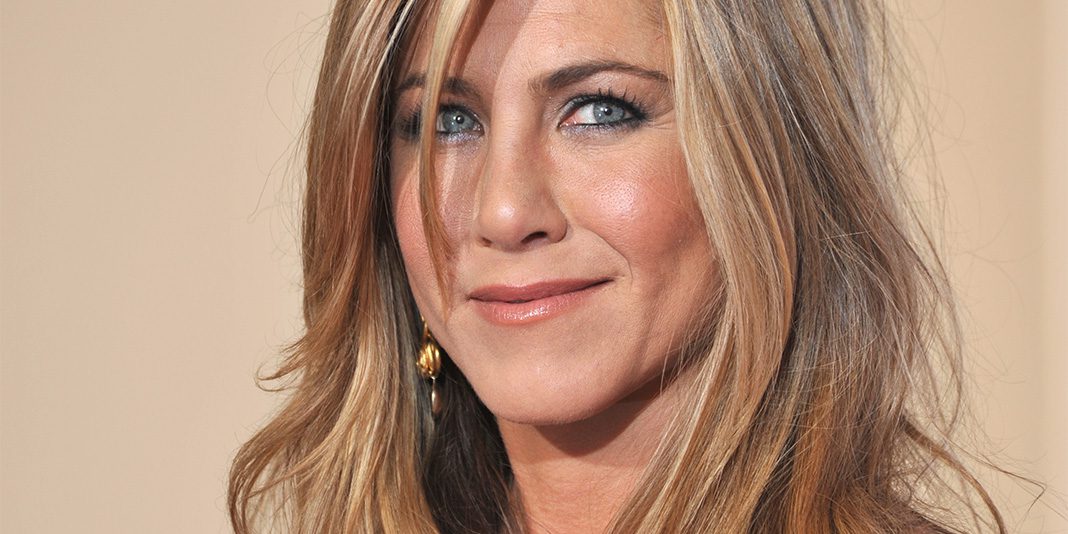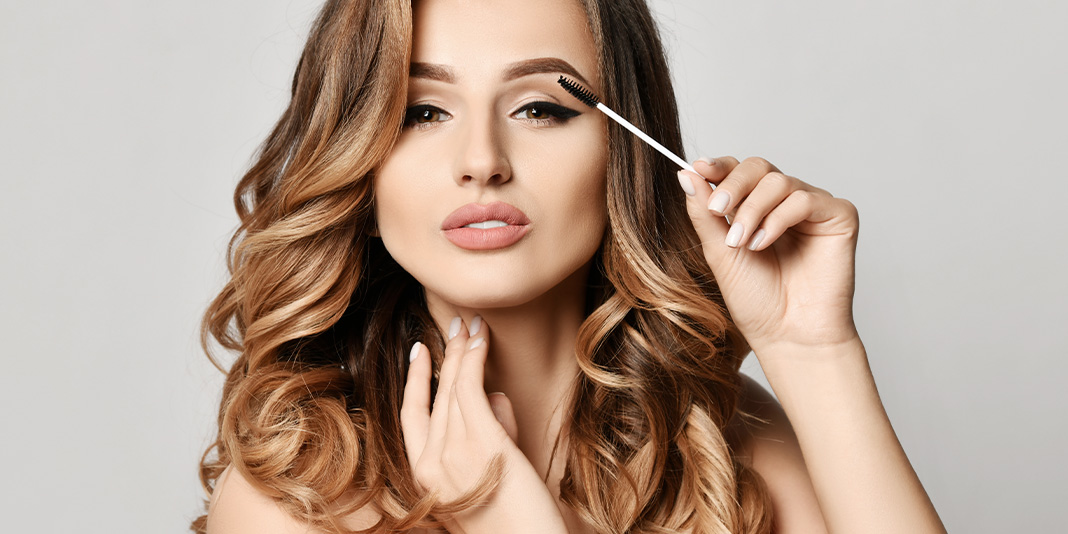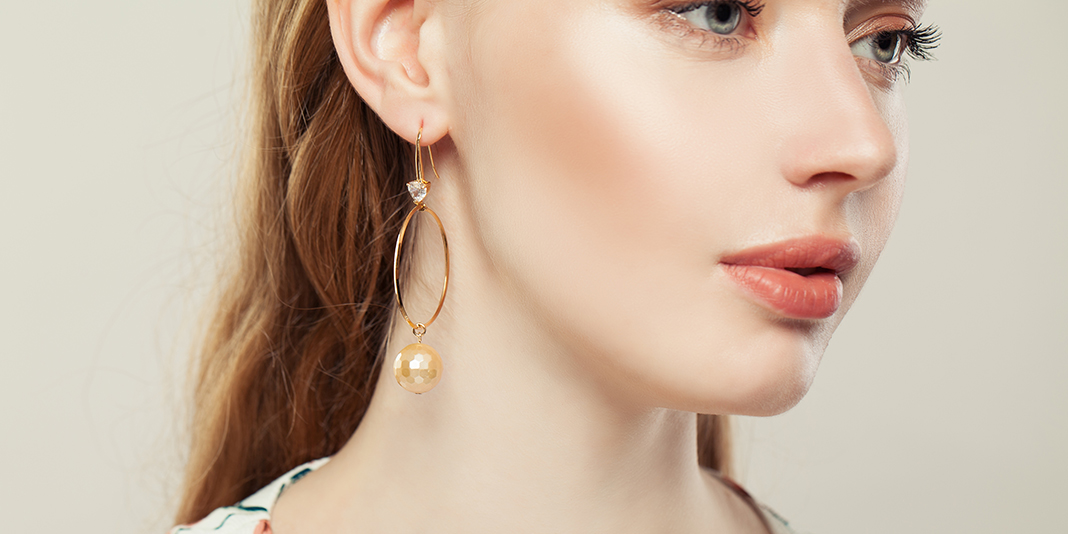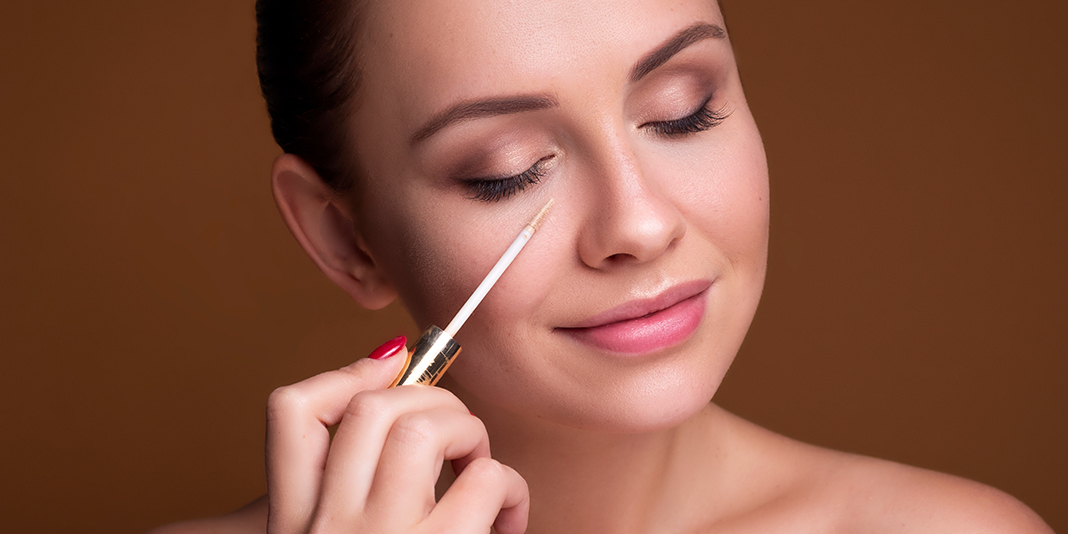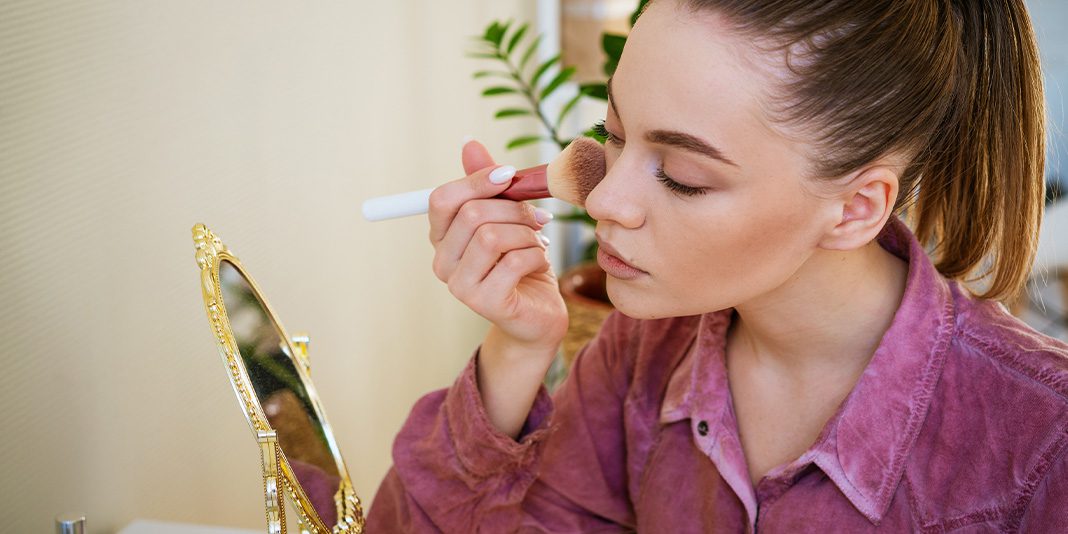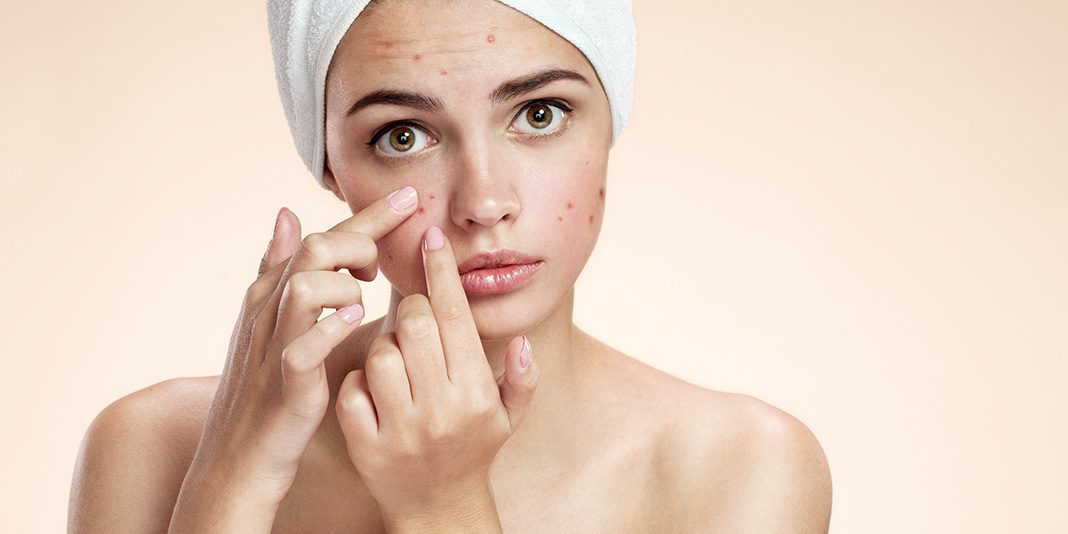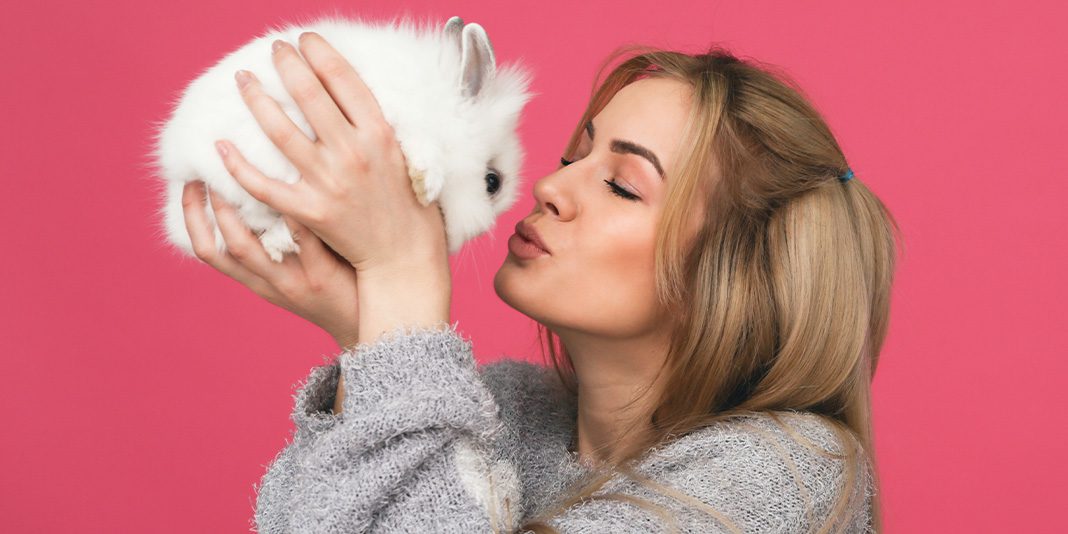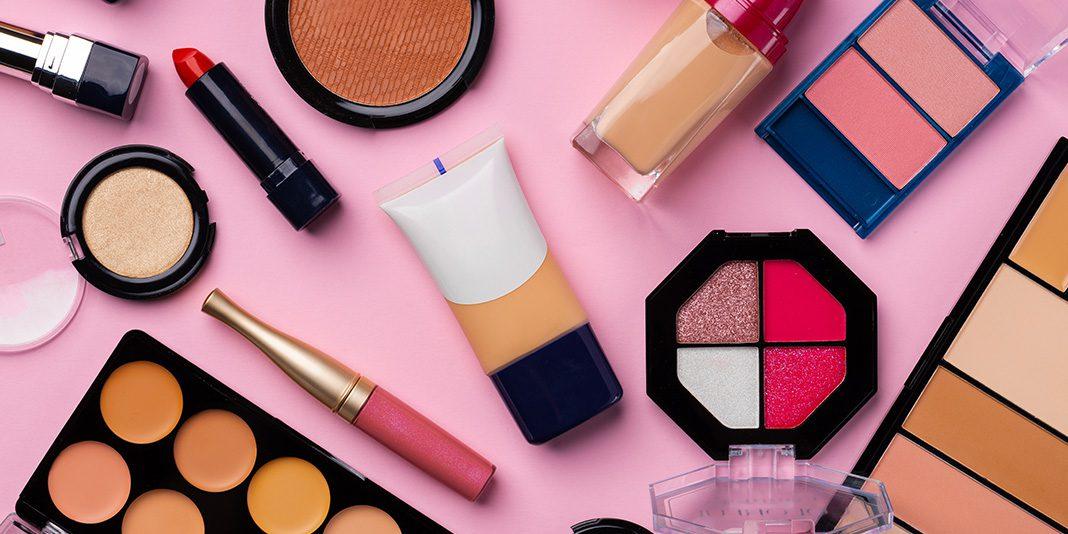When you think about shopping on Amazon, the options are endless. Get your groceries, a cute outfit, some tech gadgets, and all the makeup you could ever want. But seeing as Amazon is not a big box store that gets all its products directly from the manufacturer, who can you trust? With third-party sellers at the forefront, is buying your beauty on Amazon always the best deal? Sure, sometimes you can get unbeatable prices, but with low prices also comes serious concerns.
When you buy skincare from Sephora, a foundation from Target, or serum from Nordstrom, you know you are getting what you paid for. You know the store is not ripping you off or selling you a knockoff. But when you shop from a site like Amazon, there is a grey area a lot of consumers overlook for the benefit of a reasonable price.
Surely you have heard of people buying furniture, dog beds, and even clothes on Amazon only to receive something that is the appropriate size for a doll. This is because they skimmed over the measurements, but how do you know what is real and what is fake when Amazon beauty shopping? How do you know when it is worth it?
A couple of years ago, the Macadamia Oil Deep Repair Mask was one of the most popular on the market. But it cost more than $30 for an eight-ounce jar which made it out of reach for many beauty lovers. Naturally, people searched for deals, sales, and coupons to get the luxurious effects of this mask without the luxurious price tag. Amazon was one of the first places to pop up, and they were selling what appeared to be the same product for a fraction of the price. Yet, once shoppers received the mask in the mail and used it, they were deeply disturbed because the Amazon version was completely fake.
How does someone get away with this? Well, it can be hard to prove, plus with third-party sellers, anyone can buy the genuine product, empty the jar for themselves, then fill it with anything before shipping it off as the OG. It seems like Amazon should have a way to prevent this, but there are always a few to slip through the cracks. And when it comes to beauty products, it is more than a knockoff of a cotton T-shirt or a hairbrush. When it comes to makeup and skincare products that you apply to your body, these cheap alternatives can be low quality or even contain dangerous ingredients.
So how do you prevent yourself from making this mistake? Especially when you are trying to live on a budget? Firstly, you can only shop for beauty products at legitimate beauty retailers for full price. Sephora and Ulta, even department stores, have annual sales. You just have to wait for them to roll around. If you still want to shop for beauty from Amazon, you can just be extra cautious. Don’t be fooled. Follow these tips to be sure.
#1 Check the seller. When shopping on Amazon for books, usually buying from a random seller is fine. But for beauty products, you may want to do some extra digging to feel a bit more secure. For example, if you buy a product from Laneige and the seller is someone other than Laneige, check out the seller feedback. Do they have a 95% or higher rating? Then they might be legit, but if it is lower than 90%, you might want to pass. However, if it says Amazon directly sells it, you may have a much better chance of a legitimate product. If Amazon fulfills it, the chances that it is legitimate are better but not as good as they could be. That is not to say every third-party seller is a scammer. They are not. Just do your homework if you are unsure.
#2 Drugstore products are usually real. When shopping for drugstore brands like Maybelline or L’Oreal, Amazon usually has an agreement with them, so you should be just fine. Most of these products are sold directly from the manufacturer, who tells you they are safe to use. Plus, notable savings can make sense here as drugstore prices regularly vary from one store to another. Plus, would it be worth it for a scammer to knock off a product that sells for around $10? Indie brands are also often sold to Amazon to get more traction, so you should be okay there as well.
#3 Compare ingredients. Always check the ingredients list. When not listed on Amazon, that is already a red flag. But if the list is there, compare it to the ingredient list on the brand’s official website or a trusted website like Sephora. If there is a difference with the order, the number of ingredients or the ingredients themselves avoiding it is better.
#4 Compare prices. Yes, that is probably why you are shopping for beauty on Amazon anyway, but if the savings seem unreal and too good to be true, they probably are. If there is a difference in shipping costs, then it makes sense. Find out the shipping costs from the brand’s website, and if that is the price difference on Amazon, you may have found a winner. But if the discount is more than 20% off, you may want to pass it up. If you want a discount on name-brand beauty products, you can always check out the beauty section at your local TJ Maxx or Marshalls.
#5 Always read the reviews. This is the best way to know if you can trust a product. Yes, some people just won’t like certain things, so do not just skim the reviews, actually read them. Also, always look at the customer images to compare the packaging to the original. If more than a handful of reviews say the product is fake, you should probably trust your fellow shoppers.
#6 Amazon Prime does not mean the product is perfect. Just because a third-party seller has their product selling through Prime, it does not guarantee you are getting a legitimate product. It can be tempting to give in to a good price, especially when it ships for free, but you wasted your money and were duped if it is a fake.
#7 Double-check when it arrives. Say you took a chance and ordered a beauty product that you were not sure about on Amazon. You can still check to see how legitimate it is. Head to a website like CheckFresh.com or CosmeticCheck.net and type in the batch code stamped or printed on the item. It will tell you the product’s manufacturing date. If it was more than three years ago, screenshot what you discovered and send it over to the seller, and request a refund. Otherwise, congratulations, you bought an authentic product.
With all this, if you are just not sure, do not risk it. Saving a few bucks is just not always worth it.

